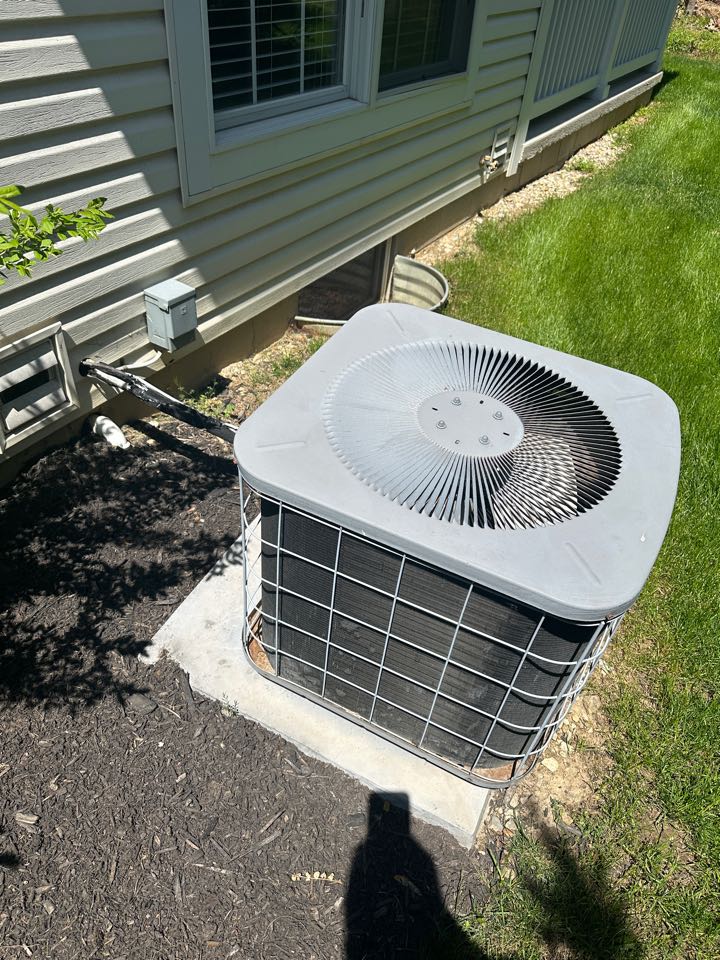
How Can I Protect My Family From Carbon Monoxide?
Carbon Monoxide left unchecked can have some deadly consequences. Learn what you can do to prevent it!
Effects Of Carbon Monoxide
Carbon monoxide is a tasteless, odorless, deadly gas that in large amounts, can potentially kill a person.
Carbon monoxide harms you by binding to the hemoglobin in your red blood cells, reducing the amount of oxygen your blood cells can carry to your heart, lungs and brain.
This dramatic decrease in oxygen in the blood leads to oxygen starvation, also known as hypoxia.
Depending on the amount of carbon monoxide in the air, it can affect you in different ways:
- 100 PPM (parts per million in the air) – Slight headache in 2-3 hours
- 200 PPM – Dizziness, nausea, fatigue, headache within 2-3 hours
- 400 PPM – Headache and nausea after 1-2 hours of exposure, life threatening within 3 hours.
- 800 PPM – All of the above within 45 minutes, collapse and unconsciousness after 1 hour. Death within 2-3 hours.
- 1,000 PPM – Loss of consciousness after 1 hour.
- 1,600 PPM – All of the above within 20 minutes. Death within 1-2 hours.
- 3,200 PPM – All of the above within 5-10 minutes. Death within 1 hour.
- 6,400 PPM – Death within 30 minutes
- 12,800 PPM – Immediate bodily effects. Death within 1-3 minutes.
Furnaces & Carbon Monoxide
Since your gas furnace burns off some type of fuel to heat your home, it will naturally produce carbon monoxide in some way.
As your furnace burns off fuel to heat your home, it is designed to be vented out of your home via your chimney.
A part in your furnace call the inducer motor, is the motor responsible for removing this deadly exhaust from your home.
You may have heard of the dangers of a cracked heat exchanger, this is where carbon monoxide can become a problem.
The exhaust gases from your furnace flow through your heat exchanger to heat it up, and the cool air from your home then flows over the heat exchanger to heat the air in your home.
Think of the heat exchanger as a thin metal wall separating the good air from the bad exhaust gas.
However, if your heat exchanger has become cracked, carbon monoxide can begin to seep into the air that is blown into your home.
Although some cracks may be small, they can leak large amounts of carbon monoxide into your home over time.
How To Protect Yourself From Carbon Monoxide
There are a couple ways you can help protect your family from carbon monoxide.
First, make sure you have a good carbon monoxide detector installed.
You should also test it and check the batteries regularly to ensure it is operating properly.
There should be a test button on the unit itself to verify that it is operational.
Second, be sure to have your furnace maintenance on an annual basis by a professional HVAC company.
During the maintenance, they will inspect your heat exchanger with a small camera to verify no cracks have formed.
A heat exchanger replacement can sometimes be an expensive furnace repair so depending on the age of your unit you may want to inquire about getting a new furnace installed.
A reputable HVAC company will generally show you pictures of the cracked heat exchanger and even let you feel it for yourself if it’s accessible.


















